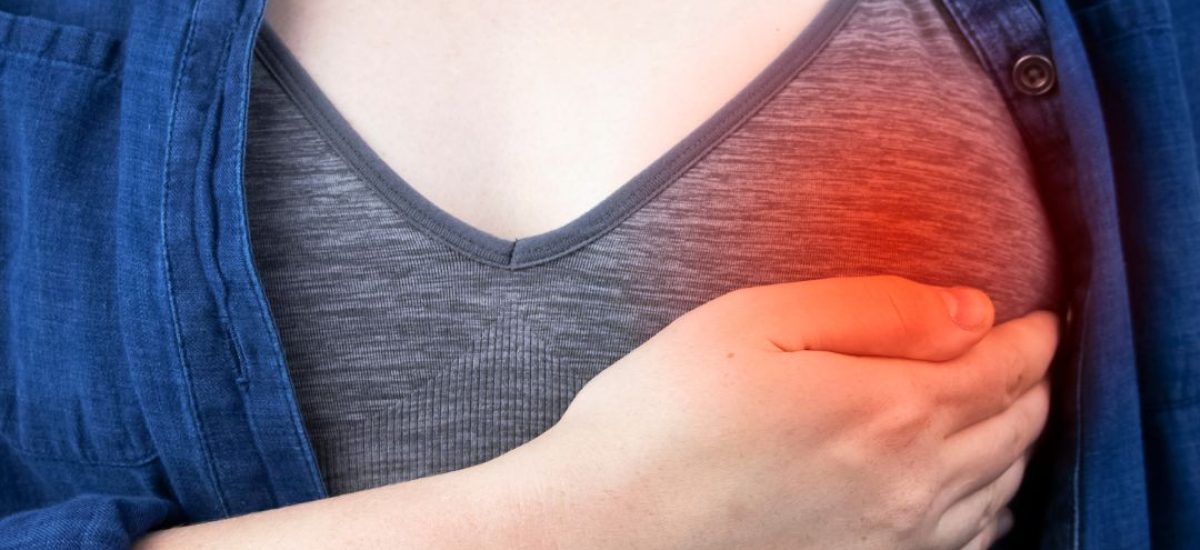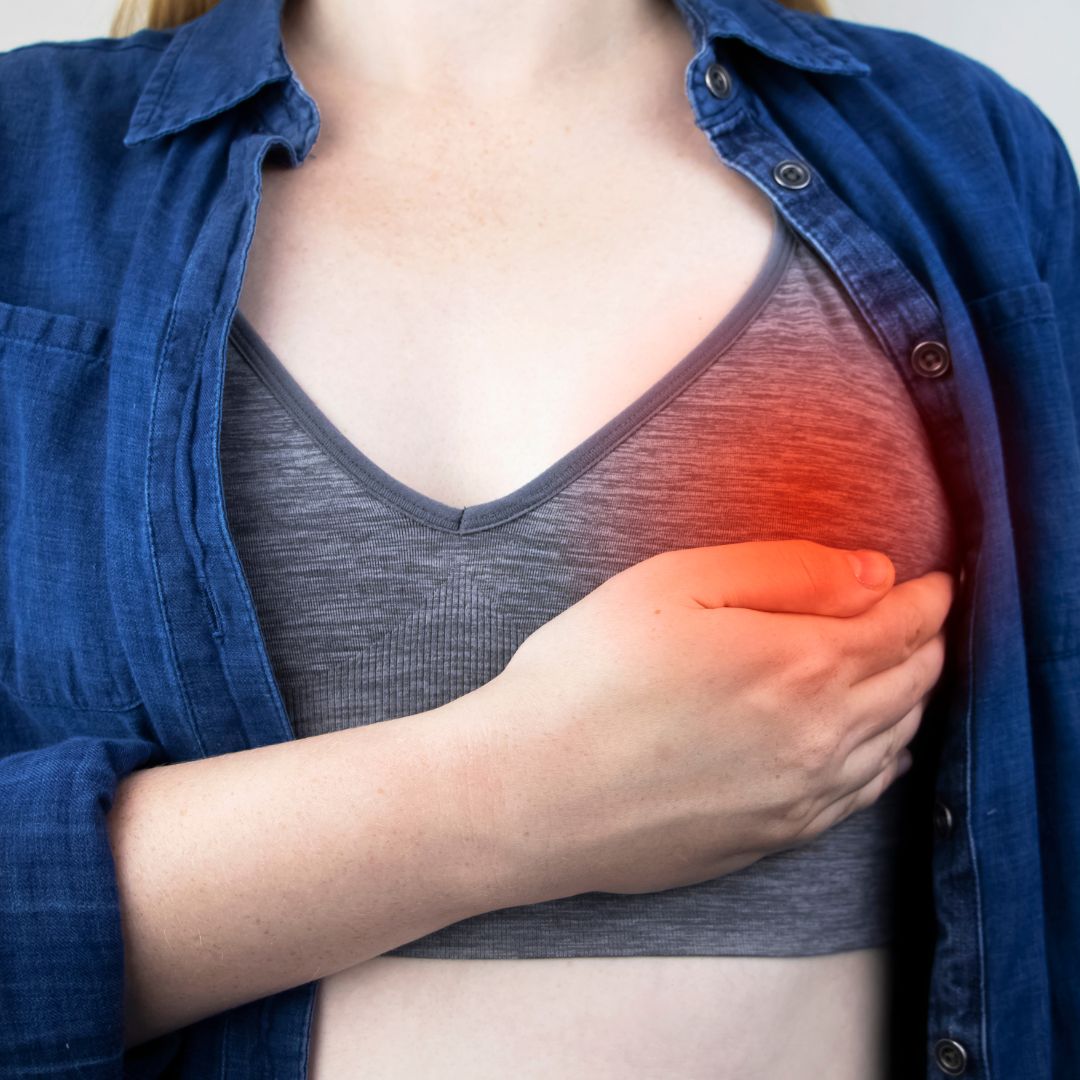Here are services related to Breast Lump evaluation and treatment, along with descriptions:
1. Breast Lump Diagnosis
A thorough clinical breast exam to evaluate any lump or abnormality in the breast. This includes a physical examination to assess the size, texture, and mobility of the lump, followed by imaging tests like mammograms or ultrasounds for a detailed assessment.
2. Breast Ultrasound
A non-invasive imaging technique used to get a clear picture of the breast tissue, helping determine whether a lump is solid (possibly a tumor) or fluid-filled (such as a cyst). Ultrasound is often used for younger women with denser breast tissue.
3. Mammography
A specialized X-ray of the breast to detect any abnormalities or changes in the breast tissue, including the presence of lumps, calcifications, or masses that may not be felt during a physical exam.
4. Breast Biopsy
A procedure where a small sample of tissue from the lump is removed and examined under a microscope to determine whether it is benign (non-cancerous) or malignant (cancerous). Types of biopsy include fine-needle aspiration, core needle biopsy, and surgical biopsy.
5. Fine-Needle Aspiration (FNA)
A minimally invasive procedure where a thin needle is inserted into the lump to extract fluid or tissue for analysis. This is often used for cysts or small lumps and helps differentiate between benign and suspicious growths.


